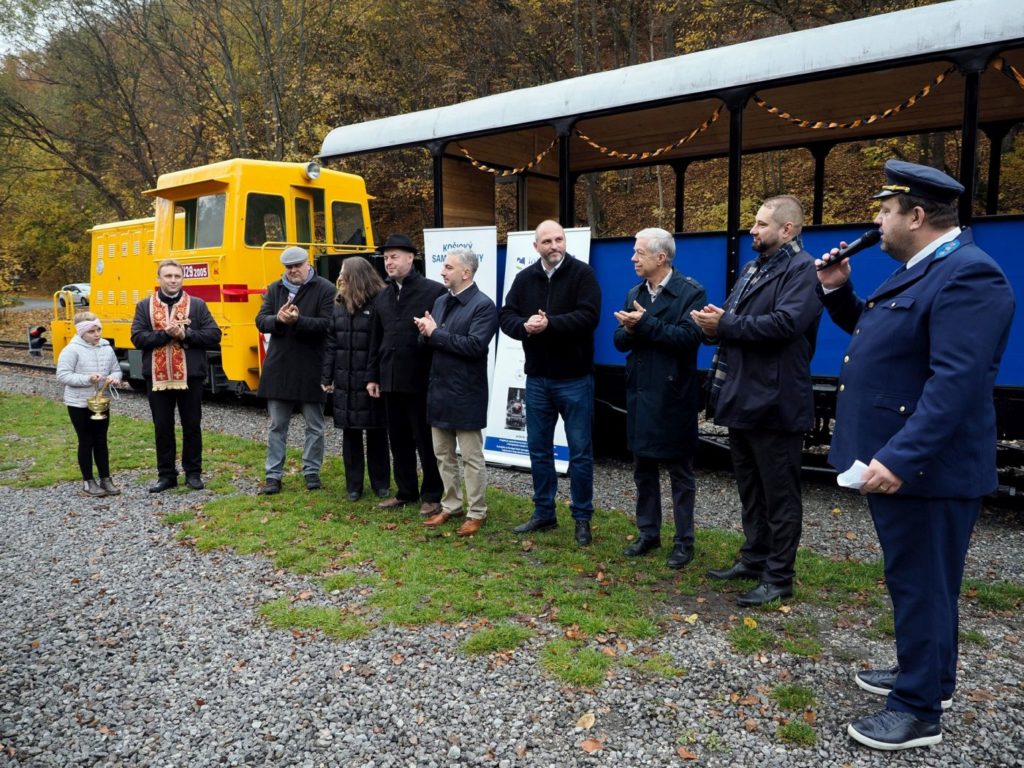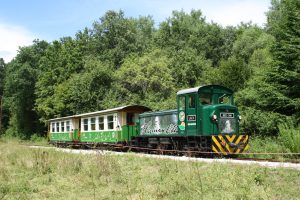EU integration of Ukraine across borders with the help of the V4

The project is co-financed by the Governments of Czechia, Hungary, Poland and Slovakia through Visegrad Grants from International Visegrad Fund. The mission of the fund is to advance ideas for sustainable regional cooperation in Central Europe.
For more information please visit: www.visegradfund.org.
Background of the project:
The Association of the European Border Regions (AEBR) is the most prestigious and the oldest advocacy organisation of cross-border cooperation (CBC) in Europe. Before the Ukrainian war, the association had several Ukrainian members, Ukrainian-Russian euroregions included. These cooperation initiatives had a special EUisation mission of the Ukrainian and Russian regions, which was abruptly interrupted by the war. At the same time, the war accelerated the negotiations targeting the EU integration of Ukraine. The Eastern European country signed the association agreement with the EU in 2017 and since then, several steps have been made in order to adapt the common European values, to improve the administrative system, to introduce the European policies, but the integration process was very slow and it seemed to be long-lasting. As a consequence of the war, Ukraine was granted the candidate status in June 2022, half a year after the application. However, even after the war, Ukraine will have to make remarkable efforts until the accession. During this process, the lessons and experiences of the Visegrad Four countries, gained during the EU accession process and beyond, might be beneficial and usable for the Ukrainian partners. Cross-border cooperation can have a key role in this process, as has been the case for the Visegrad countries since the establishment of the first Euroregion in the former communist bloc, namely the Euroregion Neisse-Nisa-Nysa in 1991.
Within the framework of the project funded by the International Visegrad Fund, the partners aim to organise two events during the annual event of the Association of European Border Regions to be held in Košice between 8 and 11 November 2023:
International conference
The first day (10 November) is dedicated to an international conference to be held in Košice, on the EU integration of Ukraine and the applicable V4 experiences in the field of cross-border cooperation.
Study tour
Second, on the day after the conference, we will organise a study tour for the participants to Uzhhorod, to the Regional Council of the Transcarpathian Region in order to get first-hand information on the situation in Ukraine, on the results of the administrative reform and the activities of the different regional organisations in developing their ties with the V4 countries.
Partners: CESCI Budapest, CESCI – Carpathia Košice, Association of European Border Regions (AEBR), Faculty of Arts, University of Prešov, Technical University of Liberec, Uzhhorod National University, University WSB
Project budget: € 21 300
Start and duration of the project: 20.09.2023- 30.11.2023
For more information click HERE.
Narrow-gauge railways as unique gateways to the knowledge of natural and cultural heritage – NatGate
Program INTERREG V-A Slovakia-Hungary
Project budget: €409,590, of which DŽK €205,120
Lead partner: Children’s Railway Košice
Partner: Nagyborszóny municipality (owns Nagybörzsönyi Erdei Vasút railway)
The project is aimed at the further development of both narrow-gauge railways.
Among the main investment activities of Detská železnice Košice are, for example, the repair of the historical steam locomotive Katka, the repair of selected critical sections of the track and bridges, the delivery of two new summer carriages for passengers and the restoration of the bodywork of the electric locomotive on display.
Joint film: https://www.youtube.com/watch?v=bPwGhZYQAgE

Narrow-gauge railways as attractions and gateways to nature – RailGate.
It is a Slovak-Hungarian project for the restoration of two neighboring narrow-gauge railways – the Košice Children’s Historic Railway (KDHŽ) and the railway in Miškolec – Lillafüredi Állami Erdei Vasút (LÁEV), which share a similar fate and problems. In Košice, it was the completion of the station building, the reconstruction of the track, or the repair of two locomotives. In Miškolec, one station was renovated and a completely new passenger car was put into operation.
The joint project of the Košice Children’s Railway and the narrow-gauge railway in Miškolec received a financial injection from the Interreg international grant program in the amount of €577,929.38.



The Carpathian Euroregion project was the first one established after the fall of the iron curtain in Central Europe.